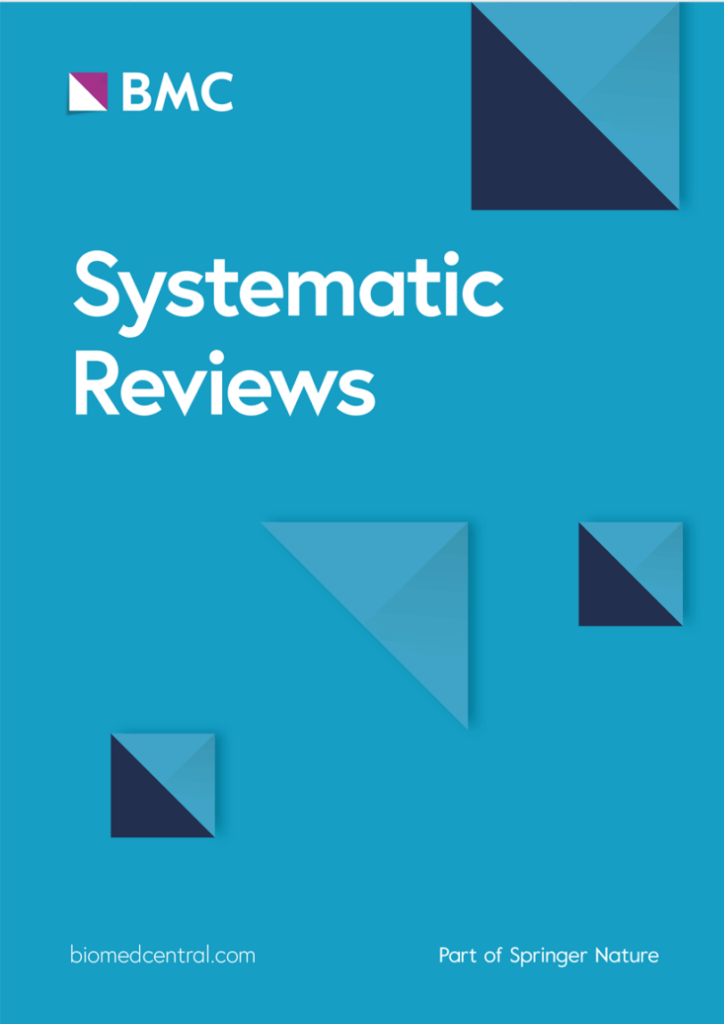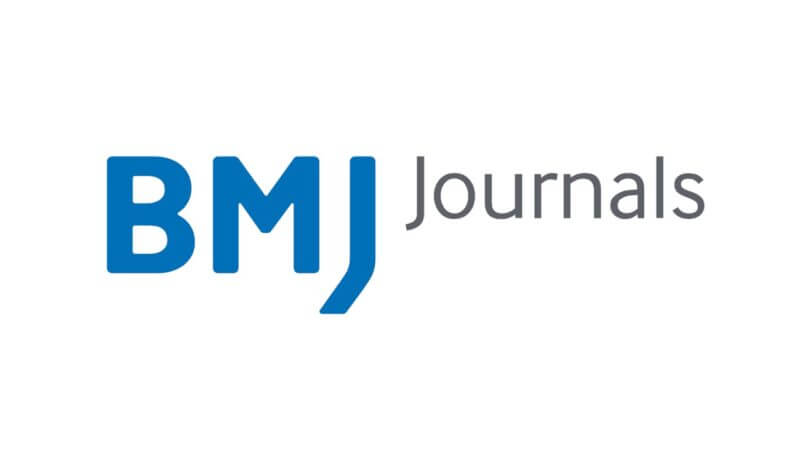Our vision is to reduce the incidence and burden of delirium by delivering clinically validated tools. We are committed to achieving this through robust partnerships with clinical researchers, conducting rigorous clinical trials, publishing peer-reviewed studies, and fostering ongoing collaboration to drive innovation and impact.


Discover how data from 14 different sites were pooled and how we used best practices to create our postoperative delirium risk assessment model PIPRA. This paper also describes the first external validation in two sites with an AUC of 0.74.
by Dodsworth et al.
Published in: Age and Ageing


This pivotal paper describes the benefits of introducing PIPRA in combination with targeted prevention. It shows reduction of POD incidence by 29 % as well as reduction of length of stay and required nursing time
by Dodsworth et al.
Published in: Age and Ageing


This paper describes the incredible collaborative approach of researchers all over the world combining their datasets to improve the understanding of postoperative delirium and to supply the data needed to build the PIPRA model.
Sadeghirad et al.
Published in: JAMA open


Everything we do follows best scientific and clinical practice and transparency. Here, we published the protocol for the data collection strategy. The protocol was created prior to data collection to reduce potential bias and follow highest scientific rigor.
Buchan et al.
Published in: Systematic Reviews

This publication describes an external validation, this time in a real-world setting. The performance of the algorithm remains highly robust at an AUC of 0.77, similar to the original validation study.
Reeve et al.
Published in: BMJ Health & Care Informatics



This independent publication describes the cost-effectiveness of the implementation of PIPRA. It finds cost savings of 2.5M CHF (equivalent to 2.6M EUR) per 1000 PIPRA-screened patients for the hospital and 3M CHF for the overall healthcare system
Graves et al.
Published in: Age and Ageing

This poster describes the effects of PIPRA-targeted prevention on length of stay and explores which patient groups benefit the most from preventive action.
Dodsworth et al. 2024, EDA
This presentation, given at the EDA 2024, discusses that the effects of PIPRA and the targeted prevention are sustained even one year after completion of the implementation.
Dodsworth et al. 2024, EDA
This poster is a call to participate in an individual participant data meta-analysis for non-surgical delirium
Furones Cuadrado et al. 2024, EDA
Here, we describe the results of a prospective non-inferiority study, showing that PIPRA is at least as good as expert clinicians at predicting delirium
Schmutz et al. 2024, EDA
How can we tell if our delirium incidence is declining because of a successful rollout of a delirium program or because of a decline in screening? Explore the answer in this poster
Venturini et al. 2024, EDA
Take a look at an interim data analysis of a prospective, 4 center trial to externally validate PIPRA. The model is robust with AUC of 0.74
Schmutz et al. 2024, ADS
Implementing a risk assessment software is not enough to prevent delirium. How can we ensure prevention takes place after a patient is flagged at risk? Read the key learnings of a quality improvement project here
Dodsworth et al. 2023, EDA
This poster summarizes the paper with the same name and shows the origin of the data used to create PIPRA
Dodsworth et al. 2023, EDA
This poster describes the creation of PIPRA and an initial external validation with an AUC of 0.76
Dodsworth et al. 2022, EDA


NCT06567574

NCT05639348

CRD42020171366
We’re always looking for passionate collaborators to help us with our goal of reducing the incidence and burden of delirium. Whether you’re a researcher, clinician, or healthcare innovator, let’s work together on exciting projects that make a difference.